(This article is updated regularly as I create new development boards. The new ones are towards the bottom of this page.)
Over the years I have created several development boards and breakout boards. Despite their cost (time, effort, money) they are invaluable investments for development. They simplify and speed up development. I think of them as reusable chunks of my work, just like a piece of code in a library: I create them once and they serve me well many times. Sometimes they even end up in an actual “product”.
Here is a selection of the boards I have designed and used in the past. Of course, there are many more – I only listed here the ones I use most often.
All the boards below were designed by me and professionally manufactured by PCB fab houses in China.
Some of the PCBs below were sponsored by PCBWay. They do excellent quality PCBs (never had a problem with the finished PCBs), quick turnaround at a very reasonable price and have a friendly and helpful customer service. I recommend you give them a try. If you order from them by clicking on this link, you will even get a discount on their already low prices. Really.
I will add more boards to the top of this page as I have new ones, so make sure to check back often!
And now, let’s see the boards!
Buttons
No more need to fiddle around with individual buttons for an electronics project! This board has 8 buttons, and they are even arranged in a way that is useful in many scenarios, like navigation, enter, escape, etc.
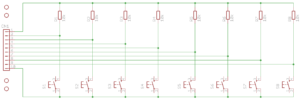

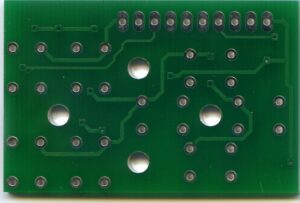
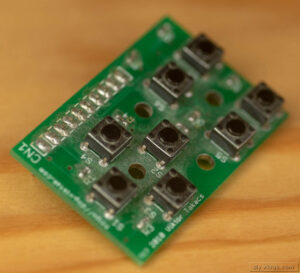
LED strip
Same concept as the buttons before. Comes complete with current-limiting resistors. I have several of these assembled with different color LEDs. they can be used as common cathode (as shown in the schematics) as well as common anode arrangement – whatever your project needs!



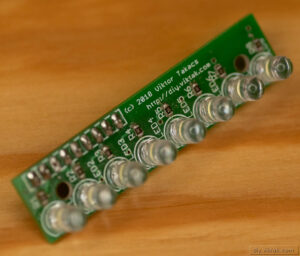
Rotary encoder breakout board
A good project never misses a rotary encoder! 🙂 On this board you have all the pins broken out. As rotary encoders are often used for navigating in a menu, I put an extra button on the board to have an Escape/Back button as well at hand. (The Enter/OK button is built into the rotary encoder.)
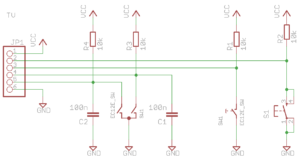
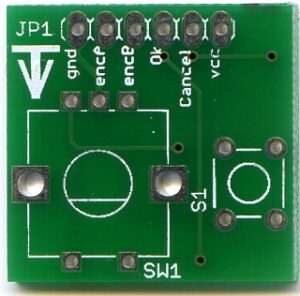
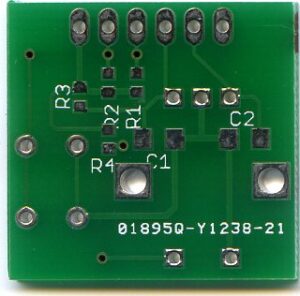
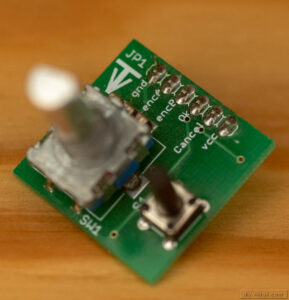
MMA7361 breakout board
I often make breakout/development boards for SMD components that have no through-the-hole counterparts as they can be difficult to use in a breadboard.
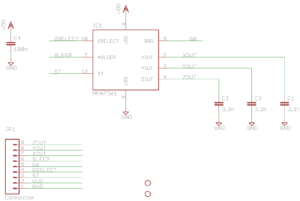
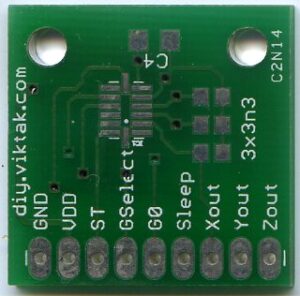
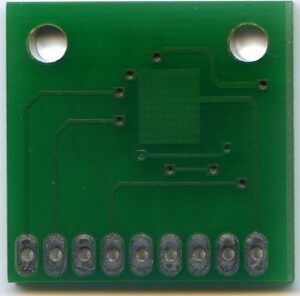
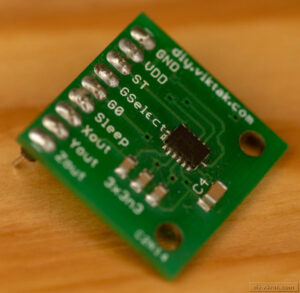
RGB LEDs with FET
Another LED board, this time for an RGB LED in 5050 packaging. It also includes the driver circuit. Ready to do some PWM experiments!


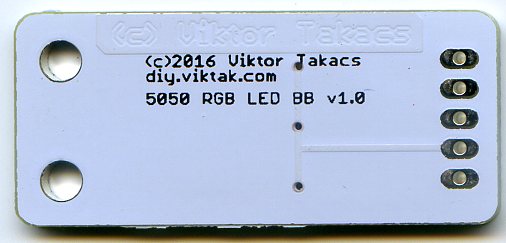
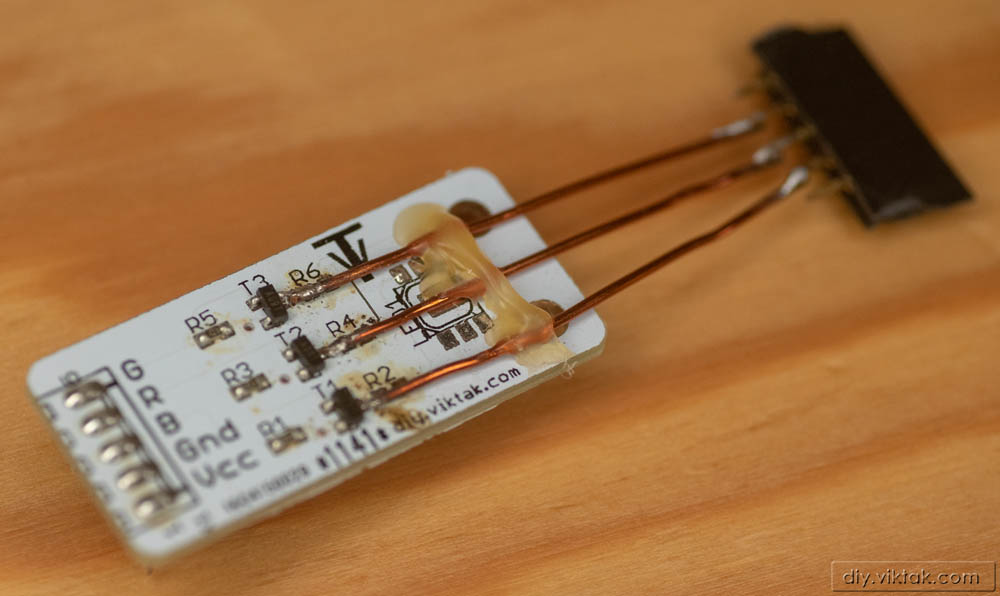
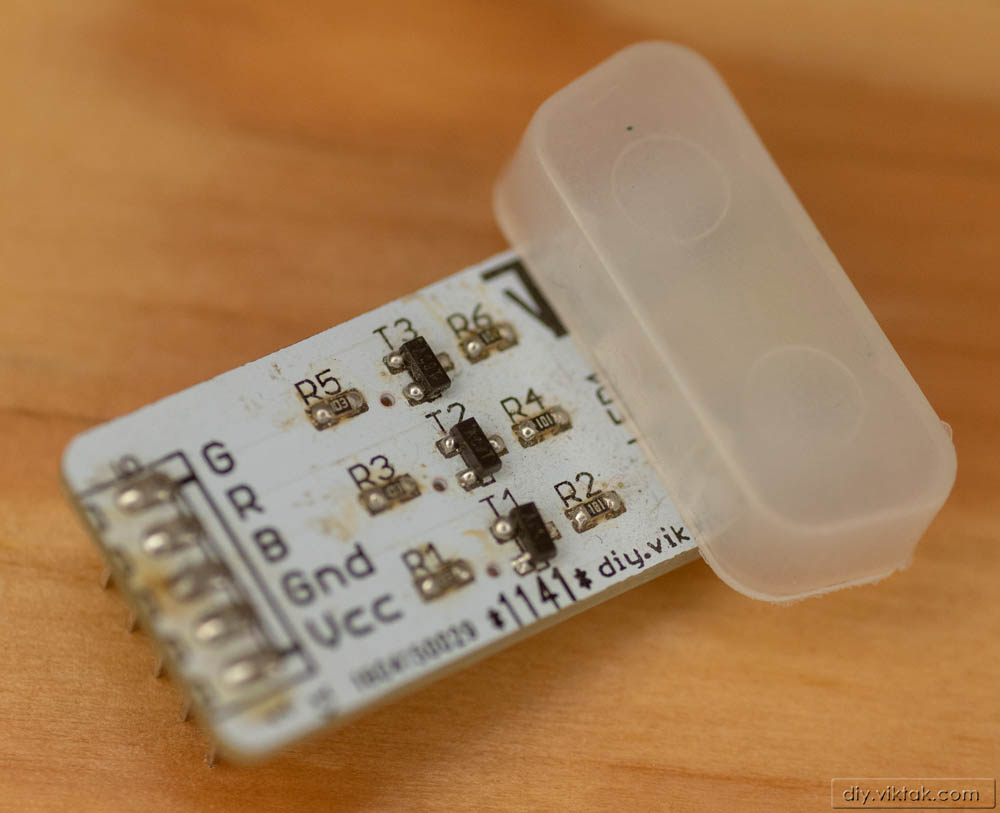
LMD18245T breakout board
Grouping all the necessary components on a development board makes it easy to swap modules quick and without errors.
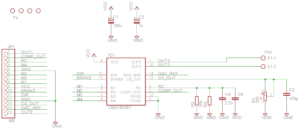
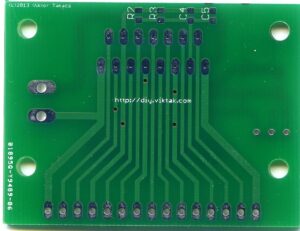
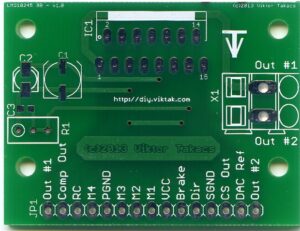
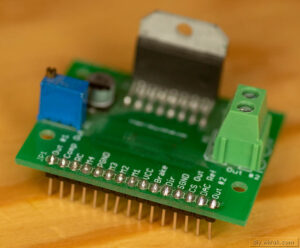
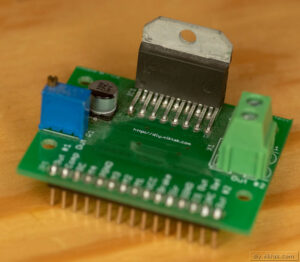
I2C 4 in 4 out (for mains)
Having all the input limiters and output drivers on a single, neat board makes experimenting with mains level voltage much safer.
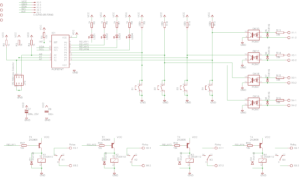
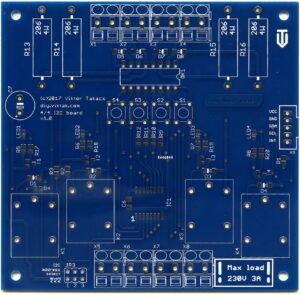

I2C LED strip
Another spin on LEDs for projects. This one comes with an I2C expander chip and all other necessary parts. Up to 8 of these babies can be chained together for projects that need up to 64 LEDs.
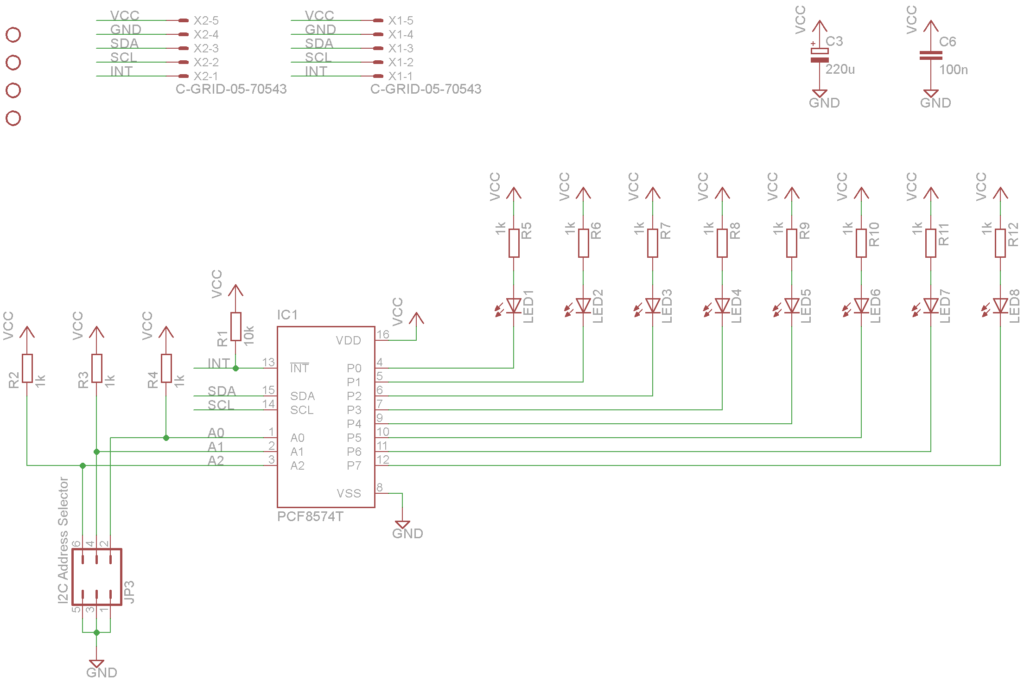
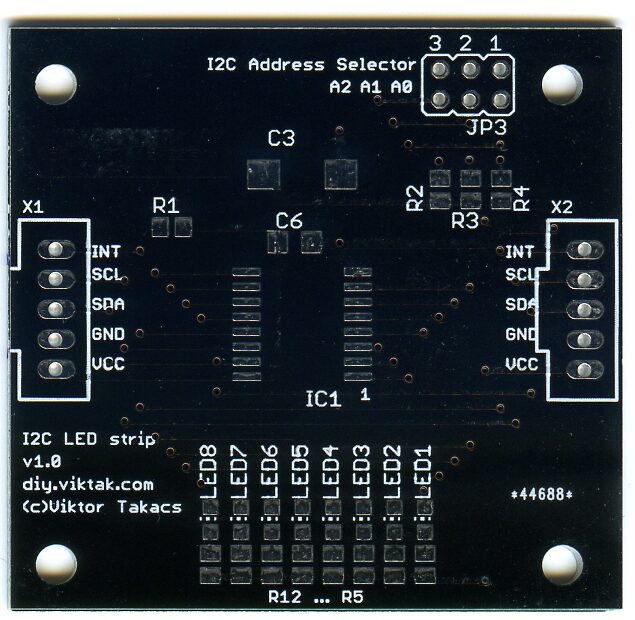
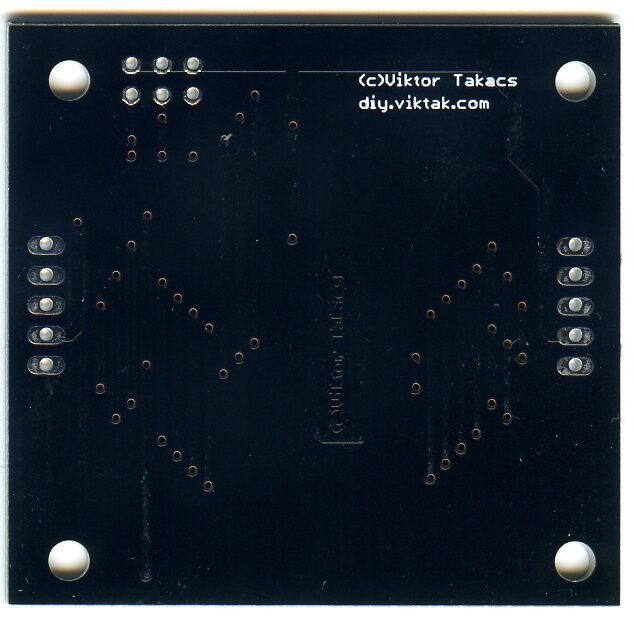

ESP8266 development board
All the bits and pieces required to start developing an IoT application. I have several of these on my desk as I always work on several projects at the same time.
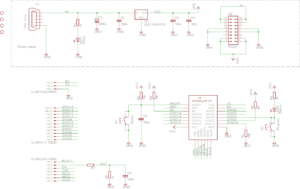
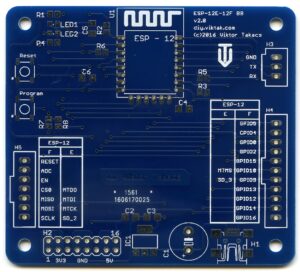
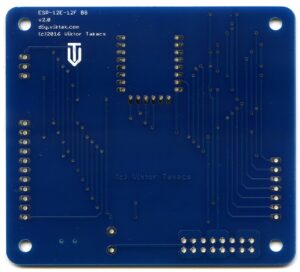
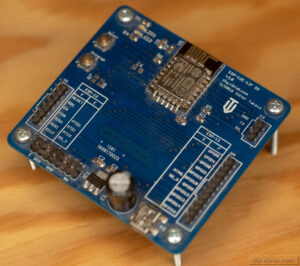
Micro SD card breakout board
This is a simple breakout board that only has a power indicator apart from the broken out pins. In the next version of it I’ll add an activity indicator too, which I forgot the first time around…
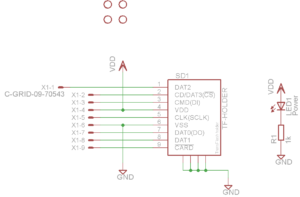
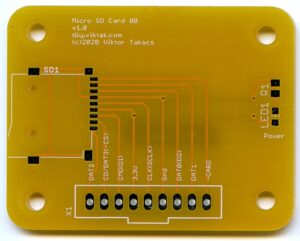
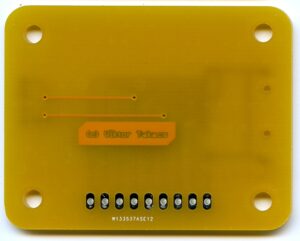
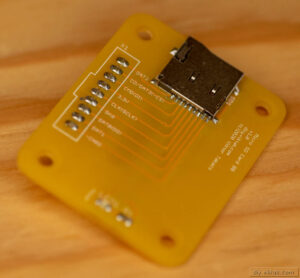
ESP-WROOM-32 (ESP32) development board
Based on my similar ESP8266 development board, this board has all the ESP32 pins broken out along with a power supply.
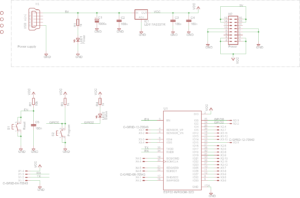
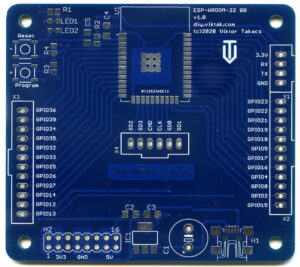
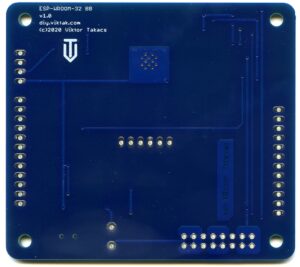

ESP32-S3-Mini-1 development board
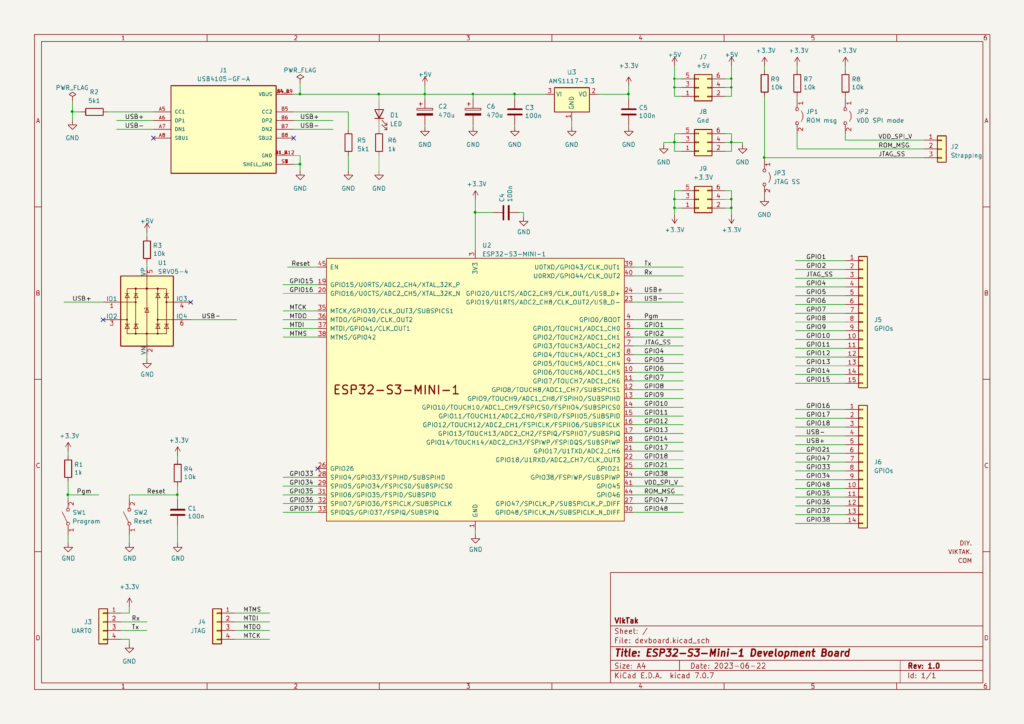
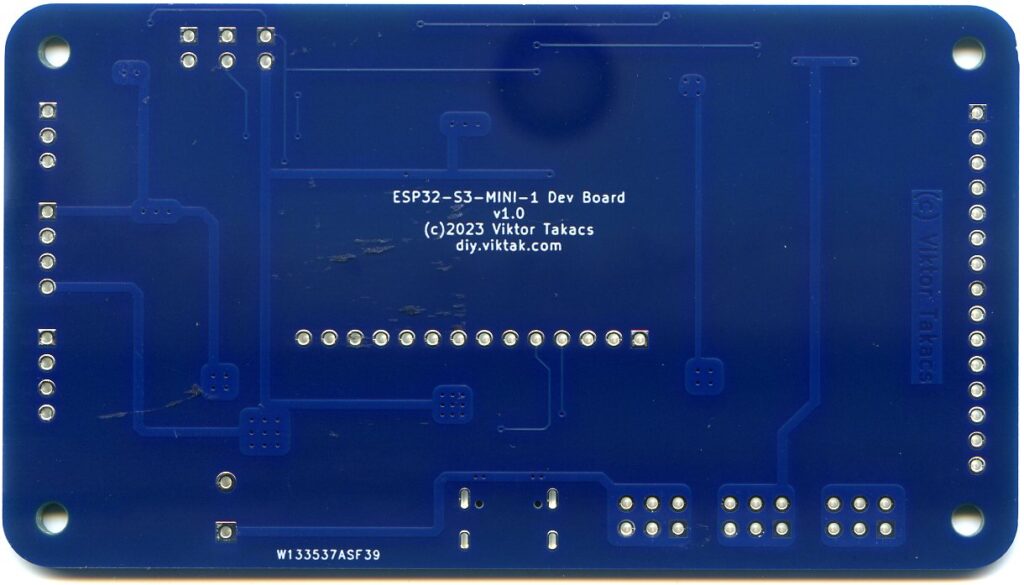
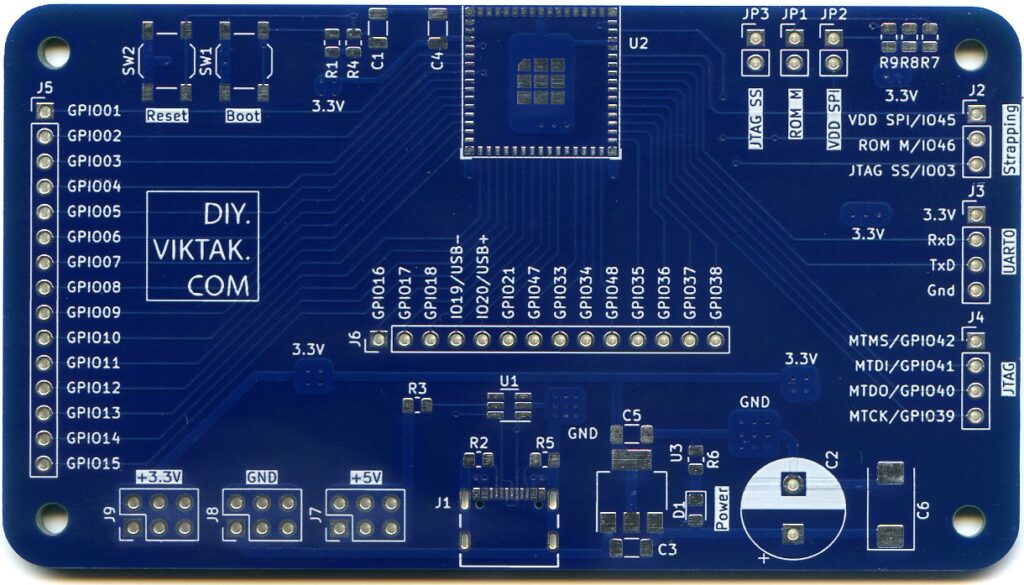
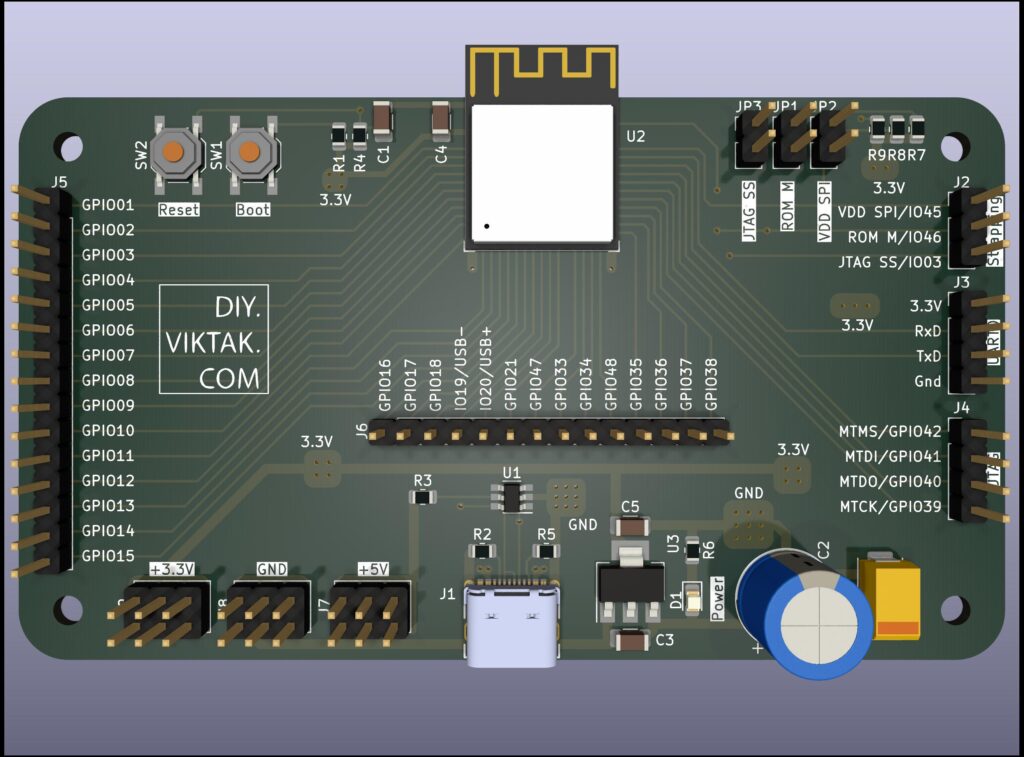
Read more about this development board in its own artile!



Pingback: ESP32-S3-Mini-1 Development Board – Viktor’s DIY Blog
Pingback: How I Made a Clock out of Parts of Old Projects – Viktor’s DIY Blog